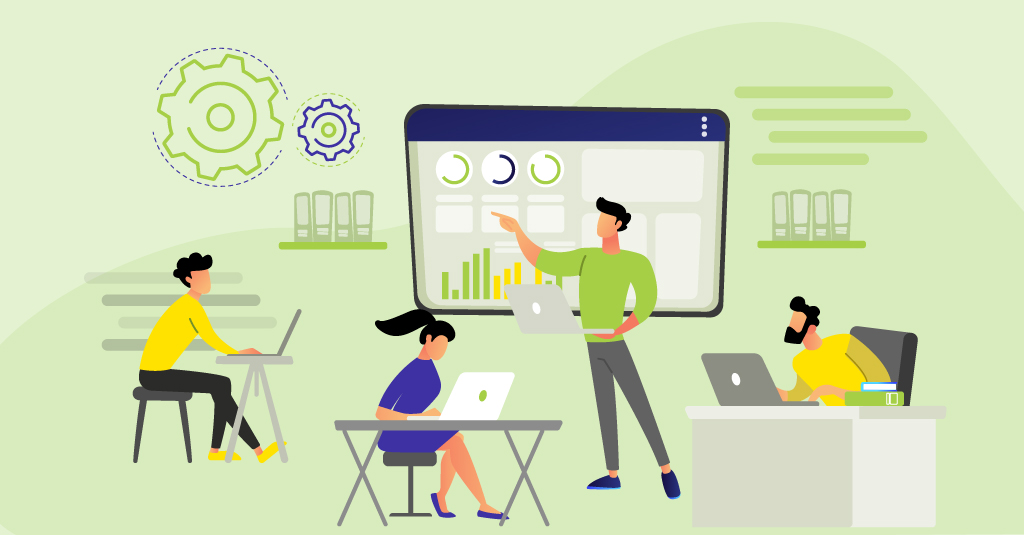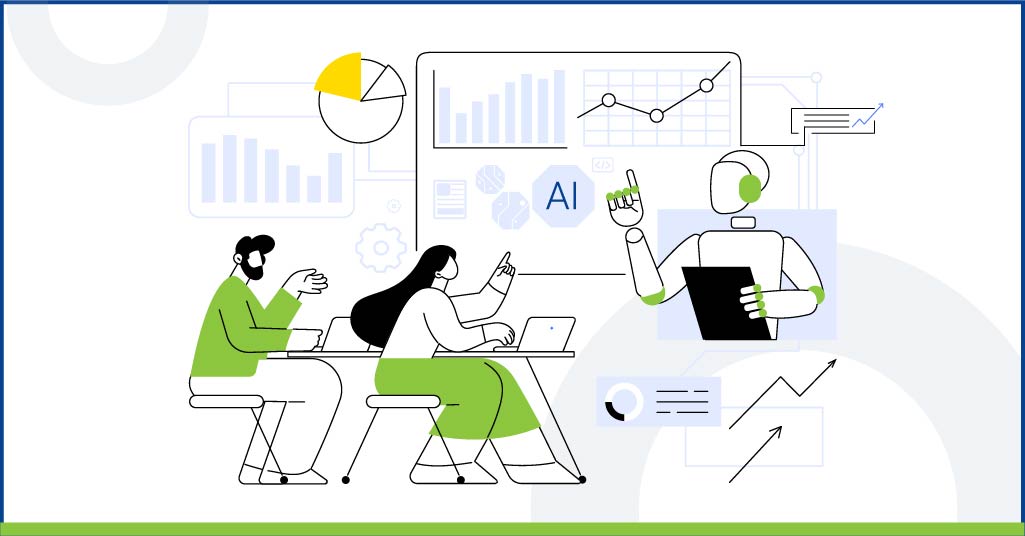Ever since I first heard about the Tin Can API, I launched a full-fledged quest to learn and understand as much as I could about this development which was hailed by many in the elearning fraternity as a game-changer. That’s primarily because it has the potential to change the paradigms of workplace learning by tracking and recording learner data outside the traditional elearning environment.
How did I learn about the Tin Can API
- I trawled through multiple blogs
- I participated in discussion forums on Linkedin
- I viewed quite a few You Tube videos
- I viewed presentations on Slideshare
- I had numerous one-on-one conversations with my colleagues as well as peers in other organizations
- I used my mobile phone to chat with my boss about this
Not one of these various forums/media of learning can be tracked by an LMS, yet it can’t be denied that these are effective learning methods. Learning happens everywhere!
The advent of informal and social learning, along with a renewed focus on ‘Mentors’ at the workplace has ensured that the workforce of today is learning in more ways than ever before. Moreover, since these activities are outside the traditional elearning environment, L&D professionals are unable to record these learning activities and measure their impact on performance.
What is the Tin Can API?
The Tin Can API is an e-learning software specification that allows learning content and learning systems to speak to each other in a manner that records and tracks all types of learning experiences. As we all know, learning can occur in different forms and can happen anywhere (not necessarily through courses hosted on an LMS). Tin Can enables L&D professionals the ability to easily track, quantify and share data gathered from various learning experiences. It’s great for tracking:
- Mobile Learning
- Serious Games
- Simulations
- Informal Learning
- Real World Performance
How does it work?
When an activity needs to be recorded, the application sends secure statements in the form of “Noun, verb, object” or “I did this” to a Learning Record Store (LRS.) An LRS is a data store that serves as a repository for learning records necessary for using the Tin Can API. It records all of the statements made and can share these statements with other LRSs. An LRS can exist on its own, or inside an LMS.
What makes it superior to SCORM?
SCORM (Sharable Content Object Reference Model) has been the de facto e-learning standard for packaging e-learning content to be delivered to LMSs. However, there are several drawbacks to SCORM. The Tin Can API allows for several new capabilities that SCORM didn’t, such as:
- Taking e-learning outside of the web browser
- E-learning in native mobile applications
- More control over learning content
- Solid security using Oauth
- Platform transition (start e-learning on a mobile device, finish it on a computer)
- The ability to track games and simulations
- The ability to track real-world performance
- Team-based e-learning
- Tracking learning plans and goals
As of now, the Tin Can API is still evolving and many of us in the elearning community are still trying to grasp what new avenues the Tin Can API can open up. I personally am interested in knowing how organizations can record offline learning activities such as one-on-one discussions and classroom training, or real world performance in an LRS.
I would love to know your thoughts on the Tin Can API, especially what use-case scenarios are possible.



















